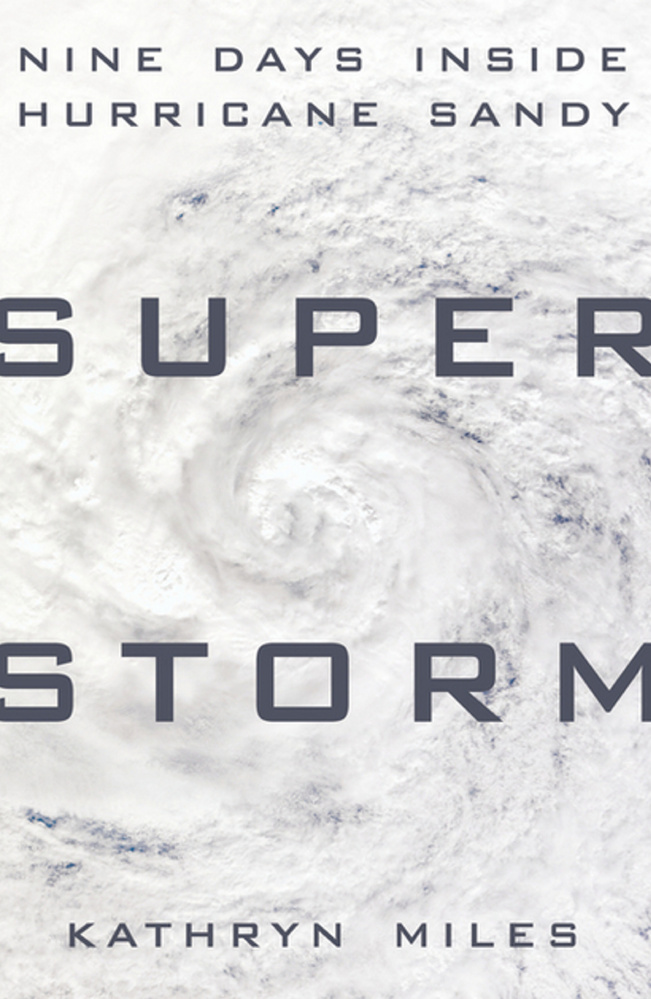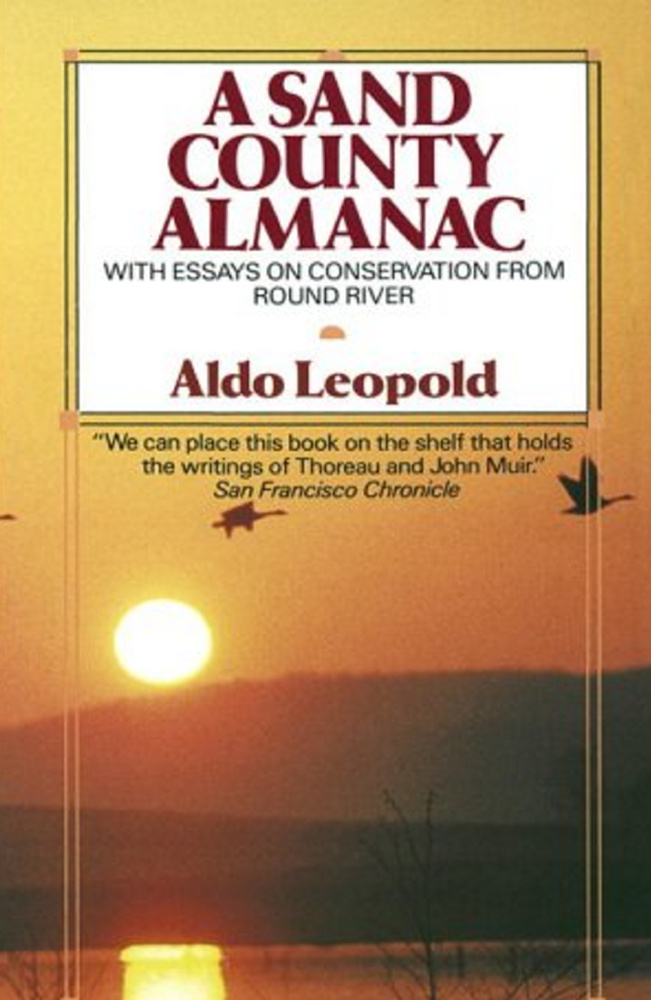EDITOR’S NOTE: This is one in an occasional series for which we ask people to tell us about a sustainably related book they are reading. This week, we talked with two scientists at the Rachel Carson Wildlife Refuge in Wells.
Susan C. Adamowicz, Landscape Management Research and Demonstration Biologist. “Superstorm” by Kathryn Miles. “Storm Surge” by Adam Sobel.
As a salt marsh and estuarine scientist, I’m interested in how disturbances such as storms affect the coast. Site histories also provide invaluable insights into how humans have modified our coastal ecosystems, and in turn, how we can seek clues to their proper restoration. I finished reading “Superstorm: Nine Days Inside Hurricane Sandy” a while back. I’m in the middle of another hurricane-related book called “Storm Surge: Hurricane Sandy, Our Changing Climate, and Extreme Weather of the Past and Future.” I think I found “Superstorm” at an airport bookstore. “Storm Surge” I picked up a conference this last June, a meeting for the International Society of Wetland Scientists, where the author, Adam Sobel, was a speaker. “Storm Surge” is a very technical book. It talks a lot about the meteorology and science behind the storm. “Superstorm” is much more of a narrative about the people on the ground who were involved in predicting the storm’s strength and in the meteorologists’ center who were behind predicting the developing storm’s path. If people feel they have more than a passing background in meteorology, I would recommend “Storm Surge” for its more detailed approach. I see science as a very creative process, so understanding some of the technical aspects helps me understand the landscape better. At the wildlife refuge, we had a storm surge of about 2 feet; Hurricane Sandy did make its presence known, but it wasn’t nearly as devastating as other storms have been for us.
Toni Mikula, Biological Science Technician. “A Sand County Almanac” by Aldo Leopold.
This is a repeat read for me. Leopold is a well-known conservationist, and “Sand County Almanac” is his pre-eminent work. I first heard about the book when I was in college and one of my professors said he made the point to read it once every 10 years. When he said that, I picked it up and after reading it, I thought, “This is a book that’s worth a re-read every 10 years.” I’m actually on my third re-read right now, even though it hasn’t been 30 years.
It reminds you why you are dedicating your life to wildlife conservation. Most of us here spend 90 percent of our time in front of a computer, just like everybody else. It’s easy to get disconnected and turn birds and snakes into figures on a spread sheet. Reading “Sandy County Almanac” helps you get back into the mindset “Oh, right. This is why I chose this career.”
In the book (which is set in Sauk County, Wisconsin), Leopold talks about some of the things they are losing. He visits this little old graveyard right by the highway. It’s got this tiny obscure flower growing there. It’s the last place you can find this particular prairie flower. He talks about how they are going to come along and mow the graveyard and eventually the flower will disappear. We have species here that are going to disappear, too. It’s sad. Then there is a part of the book where he talks about the courtship display of the American woodcock. It’s so poetic the way he describes it. It inspired me to go out on a cold spring evening and look for woodcocks myself, just to watch their amazing display.
Send questions/comments to the editors.




Success. Please wait for the page to reload. If the page does not reload within 5 seconds, please refresh the page.
Enter your email and password to access comments.
Hi, to comment on stories you must . This profile is in addition to your subscription and website login.
Already have a commenting profile? .
Invalid username/password.
Please check your email to confirm and complete your registration.
Only subscribers are eligible to post comments. Please subscribe or login first for digital access. Here’s why.
Use the form below to reset your password. When you've submitted your account email, we will send an email with a reset code.